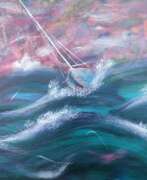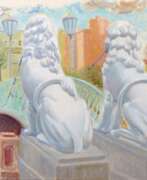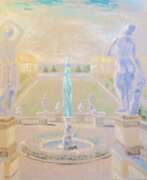Neo-impressionism

Neo-impressionism
Neo-impressionism emerged as a distinctive art style in late 19th century France, marked by a precision that set it apart from its predecessor, Impressionism. This revolutionary approach to painting, coined by French art critic Félix Fénéon in 1886, was grounded in the science of optics and color theory. Unlike Impressionists who captured the essence of the moment, Neo-impressionists, including prominent figures like Georges Seurat and Paul Signac, adopted a meticulous pointillistic technique. Seurat's iconic painting, "A Sunday Afternoon on the Island of La Grande Jatte," epitomizes this method with its structured array of color dots creating luminescent surfaces and stylized forms.
The hallmark of Neo-impressionism lies in its systematic approach. By utilizing tiny dots of local color and deliberate contours, Neo-impressionists crafted artworks with a decorative and often artificial vitality. The style was a response to the empirical realism of Impressionism, using calculated brushstrokes and scientific principles to generate a premeditated visual experience.
Today, Neo-impressionism holds a prestigious place in museums and galleries worldwide, celebrated for its innovative blend of art and science. Collectors and experts in art and antiques regard it as a significant chapter in the evolution of modern painting. If you seek to deepen your collection or knowledge in this art style, sign up for updates on new sales and auction events specifically related to Neo-impressionism. Connect with the past's innovation to enrich your present collection.
| Country: | Europe, France |
|---|---|
| Start of the period: | 1884 |
| End of the period: | 1891 |







